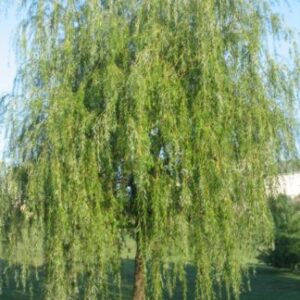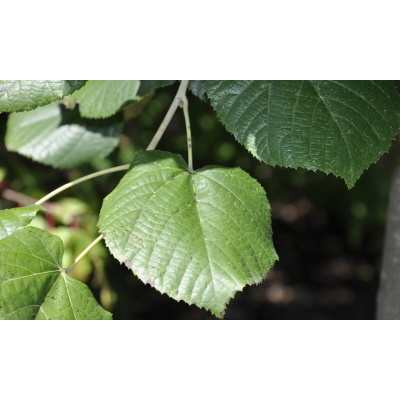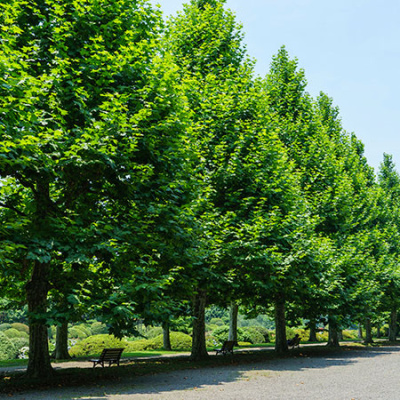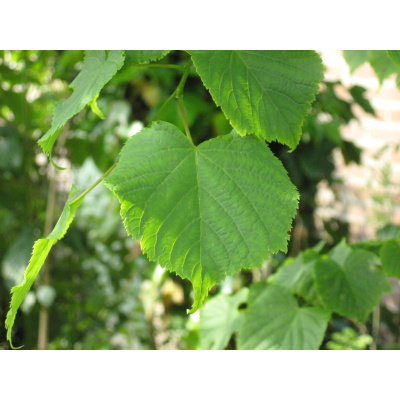Description

| Mature Height: | 20-30 ft. |
| Mature Width: | 20-30 ft. |
| Sunlight: | Full-Partial |
| Growth Rate: | Moderate |
| Botanical Name: | Salix ‘Prairie Cascade’ |
| Does Not Ship To: | AZ |
| Grows Well In Zones: | 4-10 outdoors |
| Your Growing Zone: | 5 |
1. Planting: Creek beds or pond-accenting spots are favored but as long as you irrigate properly and ensure the proper sun exposure, your willow can thrive anywhere.
Dig a hole three times the width and just as deep as the root ball of your tree. Then remove any debris like rocks, grass or soil clumps from the hole and use a shovel or a pitchfork to loosen the soil around the sides of the hole. Position your tree and make sure that the root collar (the area where the roots meet the trunk of the tree) is level with the surrounding soil. Next, gently backfill the soil and tamp it down as you go. After this process is complete, give your tree a long drink of water until the soil becomes evenly moist.
Finally, spread a layer of mulch that’s about three inches thick around the base of your tree.
2. Watering: Your Willow will need a deep watering roughly 2 to 3 times weekly (depending on the weather) to keep the soil consistently moist. Mulching really helps with retaining soil moisture so you will not have to monitor as often.
A good method is to leave your garden hose next to the base of the tree on a slow trickle for about 10 minutes once weekly.
3. Fertilizing: Feed once yearly in the fall season, after it has become established (about 2 years after planting). Use an all-purpose fertilizer.
4. Pruning: Prune back new shoots right to the main trunk and remove some of the older main branches in spring. Pruning isn’t necessary, but you’ll get a neater, cleaner form by removing these older branches and shoots.




Reviews
There are no reviews yet.